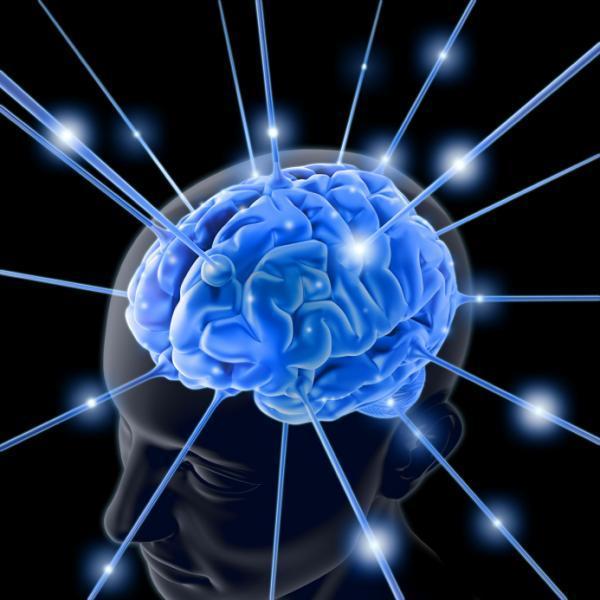Migréna postihuje až 18% žien. Pomôže na bolesti hlavy kyslíková terapia? Vedci hovoria áno.. /angl./

Migraine and cluster headaches are severe and disabling. Migraine affects up to 18% of women, while cluster headaches are much less common (0.2% of the population).
Migréna a klastrové bolesti hlavy patrí medzi vážne zdravotný postih. Migréna postihuje až 18% žien, zatiaľ čo klastrové bolesti hlavy sú oveľa menej časté (0,2% populácie).
Abstract
BACKGROUND:
Migraine and cluster headaches are severe and disabling. Migraine affects up to 18% of women, while cluster headaches are much less common (0.2% of the population). A number of acute and prophylactic therapies are available. Hyperbaric oxygen therapy (HBOT) is the therapeutic administration of 100% oxygen at environmental pressures greater than one atmosphere, while normobaric oxygen therapy (NBOT) is oxygen administered at one atmosphere. This is an updated version of the original Cochrane review published in Issue 3, 2008 under the title 'Normobaric and hyperbaric oxygen for migraine and cluster headache'.
Link:
' Department of Anaesthesia, Prince of Wales Clinical School, University of NSW, Sydney, NSW, Australia.
FULL STORY
Two types of oxygen therapy could offer some relief to adults who suffer from disabling migraine and cluster headaches, according to a new research review from Australia.
Migraine headaches are severely painful and usually occur with other symptoms such as nausea, vomiting and painful sensitivity to light. Cluster headaches cause sharp, burning pain on one side of the head.
Physicians commonly rely on a number of drug therapies to both treat and prevent migraine and cluster headaches, but some also prescribe oxygen therapy. The aim of the systematic review -- comprising nine small studies involving 201 participants -- was to determine whether inhaling oxygen actually helps.
"We wanted to locate and assess any evidence from randomized trials that oxygen administration was a safe and effective treatment for migraine or cluster headaches," said lead reviewer Michael Bennett, of Diving and Hyperbaric Medicine at Prince of Wales Hospital in Sydney. "We hoped this would assist physicians to make effective treatment decisions in this area."
The review appears in the current issue of The Cochrane Library, a publication of The Cochrane Collaboration, an international organization that evaluates research in all aspects of health care. Systematic reviews draw evidence-based conclusions about medical practice after considering both the content and quality of existing trials on a topic.
The Cochrane reviewers examined studies that evaluated normobaric oxygen therapy and hyperbaric oxygen therapy. Normobaric therapy consists of patients inhaling pure oxygen at normal room pressure, and hyperbaric therapy involves patients breathing oxygen at higher pressure in a specially designed chamber.
Five studies compared hyperbaric versus sham (placebo) therapy for migraine; two compared hyperbaric versus sham therapy for cluster headache; and two investigated the use of normobaric therapy for cluster headache. Length of treatment varied with each study.
Three studies reported the number of patients who had significant relief from their migraines within 40 to 45 minutes of hyperbaric therapy. Although the studies did not specify each patients' response to treatment, they reported a significant increase in the proportion of patients who had relief with hyperbaric oxygen compared to sham therapy.
For cluster headaches, two studies (69 patients) found a significantly greater proportion of patients had relief of their headaches after 15 minutes of normobaric compared to sham therapy.
The reviewers concluded that hyperbaric treatment might give some relief for migraine headache and that normobaric therapy might provide similar relief for cluster headache, but there is no evidence that these therapies will prevent future attacks.
"We believe that hyperbaric oxygen is also a reasonable measure for migraineurs who have not responded to other measures to treat an acute attack," Bennett said. "However, the poor availability of hyperbaric chambers makes this an option only in a minority of health facilities. Most physicians treating headaches will continue to rely on established and emerging pharmacological options for treating and preventing acute attacks."
Estimates indicate that 6 percent to 7 percent of men and 15 percent to 18 percent of women suffer from severe migraine headaches, and cluster headaches effect about 0.2 percent of the population.
John Kirchner, M.D., of the Kirchner Headache Clinic in Omaha, Neb., has treated thousands of patients suffering from a variety of headaches, including migraine and cluster, and said he does not include oxygen therapy in his patients' treatment plans.
"This [oxygen therapy] would not be practical as the headache comes on fast and does not last long," he said. "So there would not be time to get the patient to the chamber."
Kirchner's treatment for migraine includes avoiding triggers, taking preventive and symptomatic medications and undergoing behavior modification.

